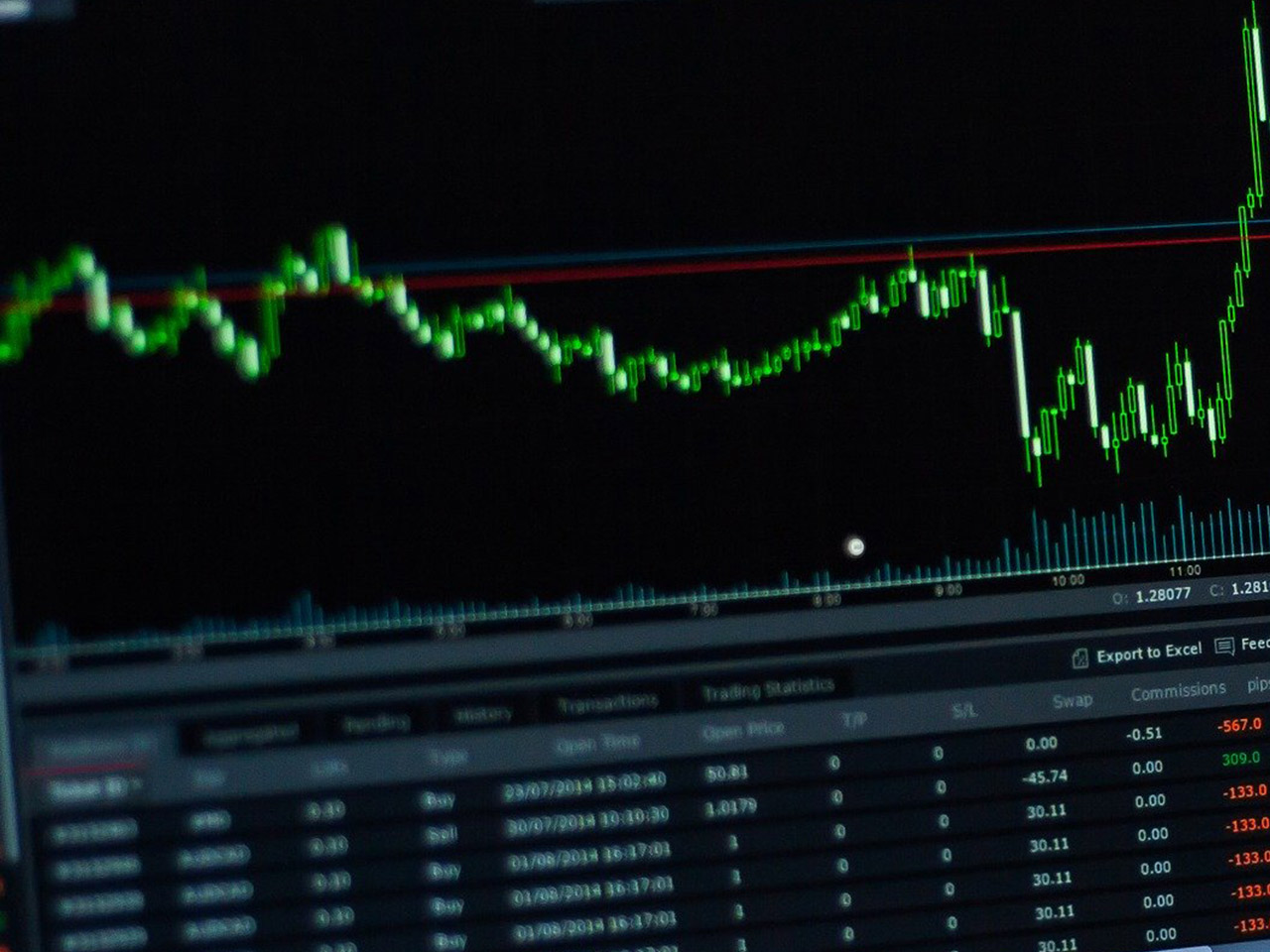BP PLC (BP.L), a stalwart in the energy sector, continues to captivate investor attention with its significant market presence and a robust dividend yield of 5.65%. This UK-based integrated oil and gas giant, boasting a market capitalization of $67.18 billion, operates extensively across multiple segments, including Gas & Low Carbon Energy and Oil Production & Operations. However, despite its impressive scale and diversification, BP faces some intriguing challenges that investors should consider closely.
Currently trading at 434.95 GBp, BP’s stock has seen a 52-week range between 331.70 GBp and 468.75 GBp, reflecting a relatively stable performance despite market volatility. However, the stock’s valuation metrics present a complex picture. Notably, the forward P/E ratio is an eye-catching 881.80, a figure that might signal investor caution given its apparent misalignment with traditional valuation norms. This high ratio suggests that the market might be pricing in significant future earnings growth or that current earnings are not reflective of BP’s potential.
The company’s financials reveal a revenue growth contraction of 1.30%, coupled with a modest EPS of 0.03. The return on equity stands at 2.05%, indicating a conservative return on shareholder investments. Despite these figures, BP’s free cash flow remains robust at over $9.31 billion, underscoring the company’s ability to generate liquidity and sustain its dividend payouts.
BP’s dividend yield is particularly noteworthy, offering a compelling 5.65%. However, the payout ratio of 754.09% raises questions about sustainability, given that it exceeds 100%, implying that the dividends paid out surpass the net income reported. This scenario often necessitates further scrutiny into how BP is funding its dividends, potentially through debt or reserves, which could impact its long-term financial health.
From an analyst perspective, BP garners a mixed sentiment with 6 buy ratings and 13 hold ratings, but no sell ratings, reflecting cautious optimism. The target price range for BP shares spans from 399.61 GBp to 525.47 GBp, with an average target of 459.76 GBp, suggesting a potential upside of 5.71%. This forecast provides a moderate growth outlook for the stock, encouraging investors to weigh this potential against the underlying risks.
Technical indicators also present a mixed bag, with the stock’s 50-day moving average at 424.98 GBp and the 200-day moving average at 405.74 GBp, highlighting a short-term upward trend. However, the Relative Strength Index (RSI) at 38.63 indicates the stock might be nearing an oversold condition, which could signal a potential buying opportunity for value-oriented investors.
BP’s diverse operations across traditional energy production and renewable initiatives position it uniquely in the energy transition narrative. With ventures in solar, wind power, and hydrogen, BP is strategically aligning itself with global shifts towards sustainable energy solutions. Yet, as it navigates this transition, investors must remain vigilant of the company’s ability to balance its legacy operations with these forward-looking investments.
Overall, BP PLC offers an intriguing prospect for investors seeking exposure to the energy sector with a focus on income through dividends. However, the complex valuation metrics and high payout ratio warrant a careful examination of the company’s strategic direction and financial management. As BP continues to evolve, investors must stay informed and assess how these dynamics align with their investment objectives and risk tolerance.





































